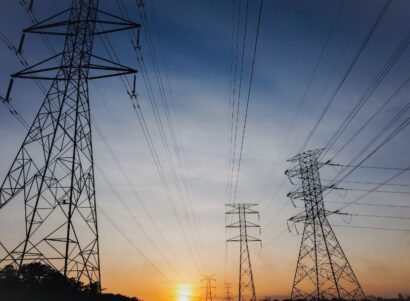Overview
The transition from a power sector based on fossil fuels to one run primarily on renewable energy is a central component of many climate change mitigation strategies. This transition can also have environmental and public health benefits by reducing the total production and combustion of coal, oil and natural gas. Many analyses in the literature have demonstrated that there are more than enough solar, wind and water resources to meet most or even all energy demand on a national or global scale. However, the integration of a high proportion, or “penetration,” of renewables into the electric grid requires rethinking its structure to accommodate the variability and intermittency of solar and wind generation. Here, we compare technical studies that use real resource and demand data to model how renewables might meet power needs in different regions across the globe, both now and in 2050.

 Technical Report
Technical Report






